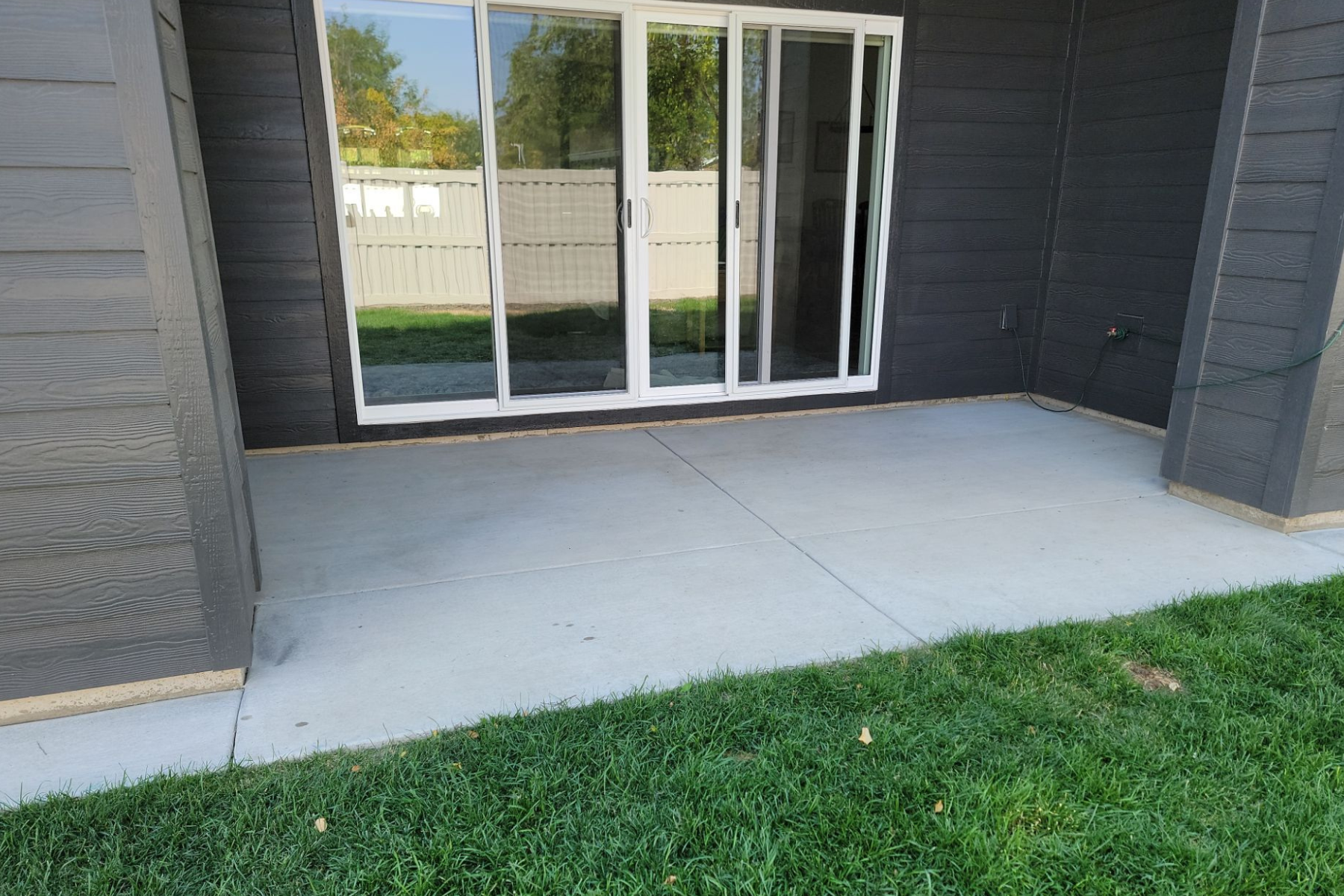Why Do Epoxy Floors Peel? Causes & How to Prevent It
Understanding the top reasons behind epoxy coating failure—and how proper prep protects your investment.
What Causes Epoxy Floor Coatings to Peel?
Peeling epoxy floors in commercial settings can lead to more than just cosmetic concerns—they can interrupt operations, pose safety risks, and require costly repairs. At Spray 'n Coat Painting, we've seen it all. Two key issues are typically to blame: moisture vapor pressure and improper surface preparation. Here's a breakdown of both and how we prevent them on every project.
Moisture Vapor Pressure: The Hidden Threat Beneath the Surface
Concrete might seem solid, but it's actually porous—like a sponge. Moisture can move up through the slab over time, especially when there's a water source beneath the surface (such as high groundwater or inadequate vapor barriers).
When temperatures rise, the moisture below the slab turns into vapor and begins to push upward. This is known as moisture vapor pressure, and it can exert several pounds of force per square inch (PSI) on your floor coating.
- Most epoxy coatings can tolerate 5–10 PSI
- Specialty coatings can handle up to 25 PSI
- Unchecked moisture can break the bond between the coating and concrete
This isn’t the most common reason for peeling, but in certain environments—like food processing plants, locker rooms, or pool decks—it’s a critical concern. That’s why our team evaluates every slab’s condition and can recommend a moisture mitigation system if needed.
Poor Surface Preparation: The #1 Cause of Peeling Epoxy
The majority of epoxy failures in commercial spaces stem from insufficient prep work. For a coating to adhere properly, the concrete surface must be clean, porous, and profiled.
Here’s what often goes wrong:
- Chemical cleaning or acid etching isn’t always enough—especially if old sealers are present.
- Muriatic acid can’t break through a sealed surface and often fails to create the surface profile epoxy needs to grip.
- Skimping on prep leads to weak bonds that peel under normal use.
At Spray 'n Coat Painting, we exclusively use diamond grinding to prepare commercial concrete floors. This mechanical process sands off the top layer of concrete, exposing a fresh, absorbent surface ideal for epoxy bonding. It also removes residual coatings or contaminants that could interfere with adhesion.
How We Prevent Epoxy Peeling on Commercial Projects
Peeling isn’t just a product failure—it’s usually a process failure. That’s why our commercial floor coating process includes:
- Moisture testing to identify any vapor issues before coating
- Diamond grinding prep on every floor, no shortcuts
- High-performance primers and epoxies selected based on traffic and environment
- Clear topcoats for added durability, especially in high-wear areas like warehouses, restrooms, or showrooms
Whether you need a solid color epoxy, flake system, or a grind-and-seal for your commercial space, we follow strict prep and installation protocols to ensure your floors last for years—not months.
When Should You Replace a Failing Commercial Floor?
If your current epoxy or floor coating is peeling, bubbling, or showing signs of delamination, it may be time to grind it off and start fresh. We’ve helped property managers, facility directors, and business owners across Boise and the Treasure Valley restore their floors with coatings that perform.
Explore our commercial floor coating services to learn more about your options—including flake systems, clear sealers, and urethane topcoats designed to handle everything from forklift traffic to frequent cleaning.
Ready to fix or prevent floor coating failure?
Schedule a free on-site estimate with Spray ’n Coat Painting. We’ll assess your commercial concrete floor, walk you through the best prep and coating system, and ensure a long-lasting result. Contact us today or fill out our estimate request form to get started.
















































































































